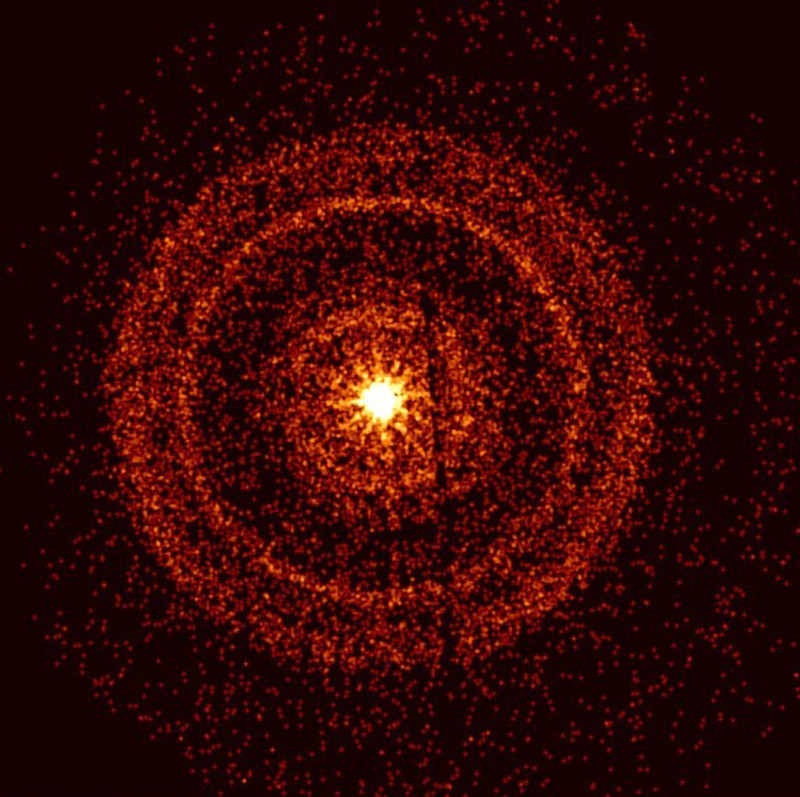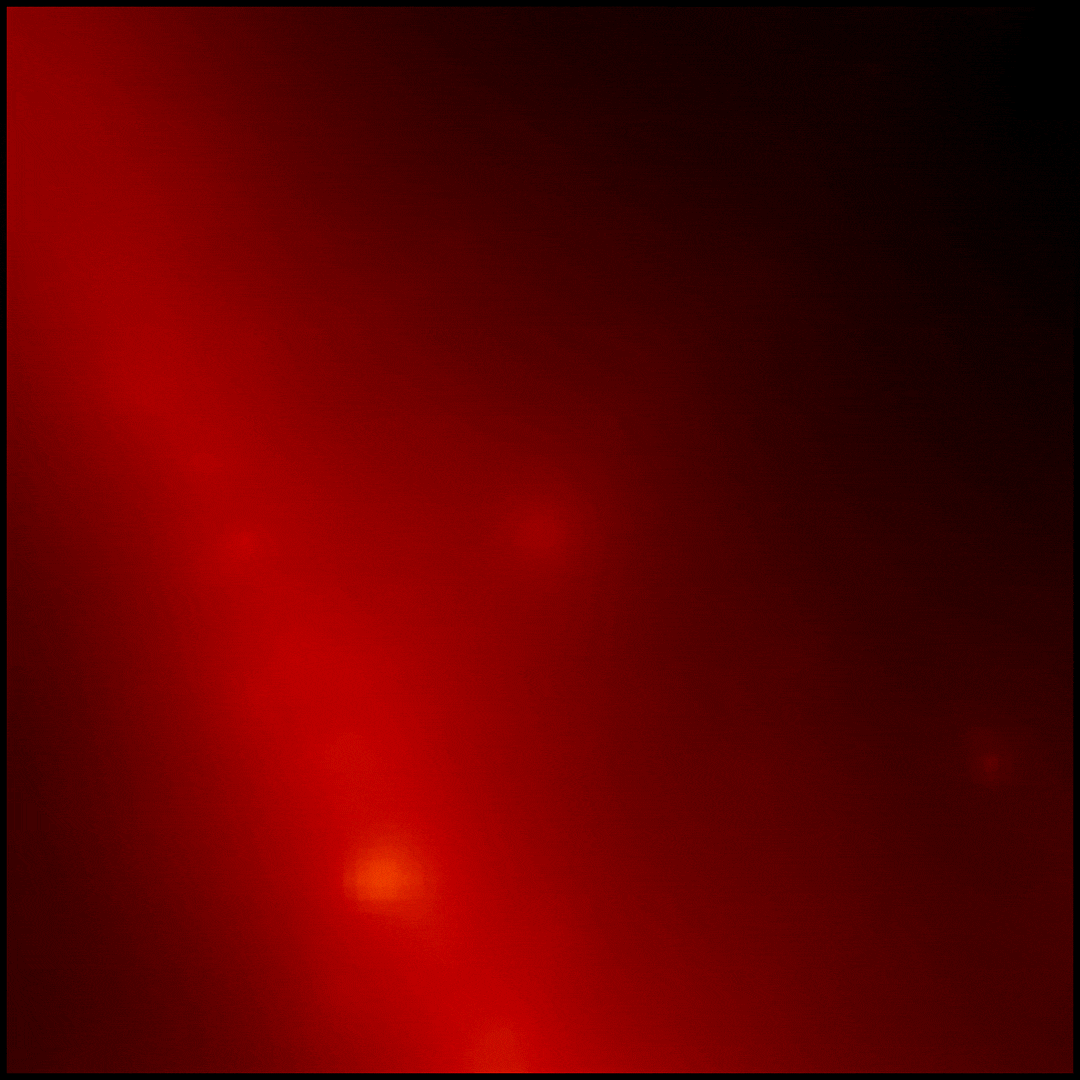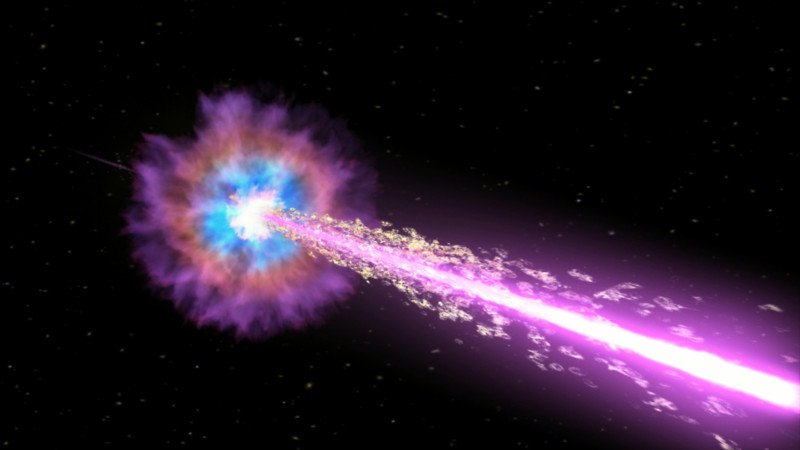Powerful Gamma-Ray Burst Fired From a Black Hole Captured by Telescopes

The most powerful gamma-ray burst ever observed that released 18 teraelectronvolts of energy has been captured by orbiting telescopes.
The Swift X-ray Telescope captured the afterglow of the gamma-ray burst, believed to have been caused by the explosion and subsequent collapse of a star that turned into a black hole.
The stunning image (above) was captured about an hour after the gamma-ray was first detected. The bright rings form as a result of X-rays scattered by otherwise unobservable dust layers within the galaxy that lies in the direction of the burst.

The celestial event took place an estimated two billion light-years away from Earth and the radiation arrived on October 9, disrupting the ionosphere, and some radio communications.
The event has been officially named GRB 221009A. However, it also has the nickname BOAT (brightest of all time).
The Birth of a Black Hole
The signal originated from the direction of the constellation Sagitta and astronomers think it represents the birth cry of a new black hole, one that formed in the heart of a massive star collapsing under its own weight.

In these circumstances, a nascent black hole spits out powerful jets of particles traveling near the speed of light. The jets pierce through the star, emitting X-rays and gamma rays as they stream into space.
Gamma-ray bursts are not rare, once a day a brief flash from somewhere in the cosmos can be witnessed from Earth. However, what makes this October 9 event so exciting is that its photons lit up satellite detectors for 10 minutes. It’s rare that gamma-ray bursts last longer than a second.
The most powerful gamma-ray burst recorded previously was 10 teraelectronvolts, GRB 221009A managed 18. For comparison, the Large Hadron Collider, Earth’s most powerful particle generator, can produce 13 teraelectronvolts.
Telescopes will now study the area to find clues about the gamma-ray’s origin and find out more about the supernova that created GRB2201009A, which expels material out into the universe more slowly.
“Our current understanding of these explosions is that you have a massive star and as it implodes, it creates a black hole, which then some of the material from the star falls into,” Brendan O’Connor, an astronomer at the University of Maryland and George Washington University, tells Space.
“The black hole then spits it out as this jet, which is moving nearly at the speed of light, which is the gamma-ray burst. At the same time, when the star implodes, some of that material rebounds outwards, essentially begins moving away at much slower speeds, but still very fast. And this is the supernova explosion.”